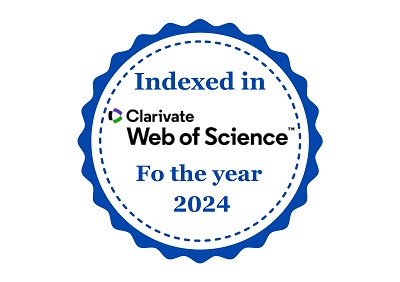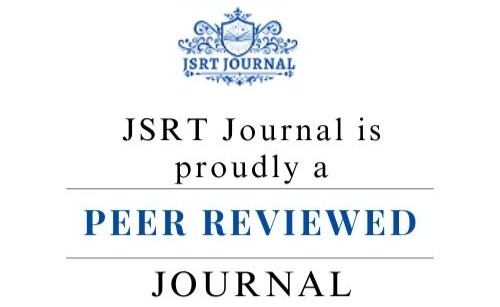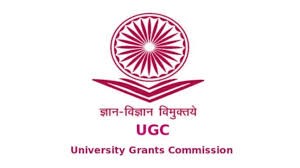Large-Scale Antiquity Sites: Detailed 3D Reconstruction Using Holistic Methods
DOI:
https://doi.org/10.61808/jsrt109Keywords:
Photometric, UAV platform, Three-dimensional, PhotogrammetricAbstract
Tracking an object's current condition is frequently the first and most important step in cultural heritage preservation. It takes a lot of time and effort to complete this operation, especially for large-scale items like buildings. As a result, interest in new, more effective strategies that simplify the process and lessen the financial impact of surveying actions is developing. Before the actual restoration of the façade can begin, professionals must map the damages and determine the necessary remedial actions. Here, the foundation is provided by three-dimensional drawings that show each individual stone. These plans typically come from traditional surveying. To minimise the work on site, a photogrammetric technique is frequently utilised. However, manual, timely processing is used to handle still images, including point measurements and picture registration. Incorporating structure-from-motion, dense image matching, point cloud registration, laser scans, terrestrial imaging, and photos from a UAV platform, created orthographic projections from which the drawings could be created, we presented Taj Mahal here.











